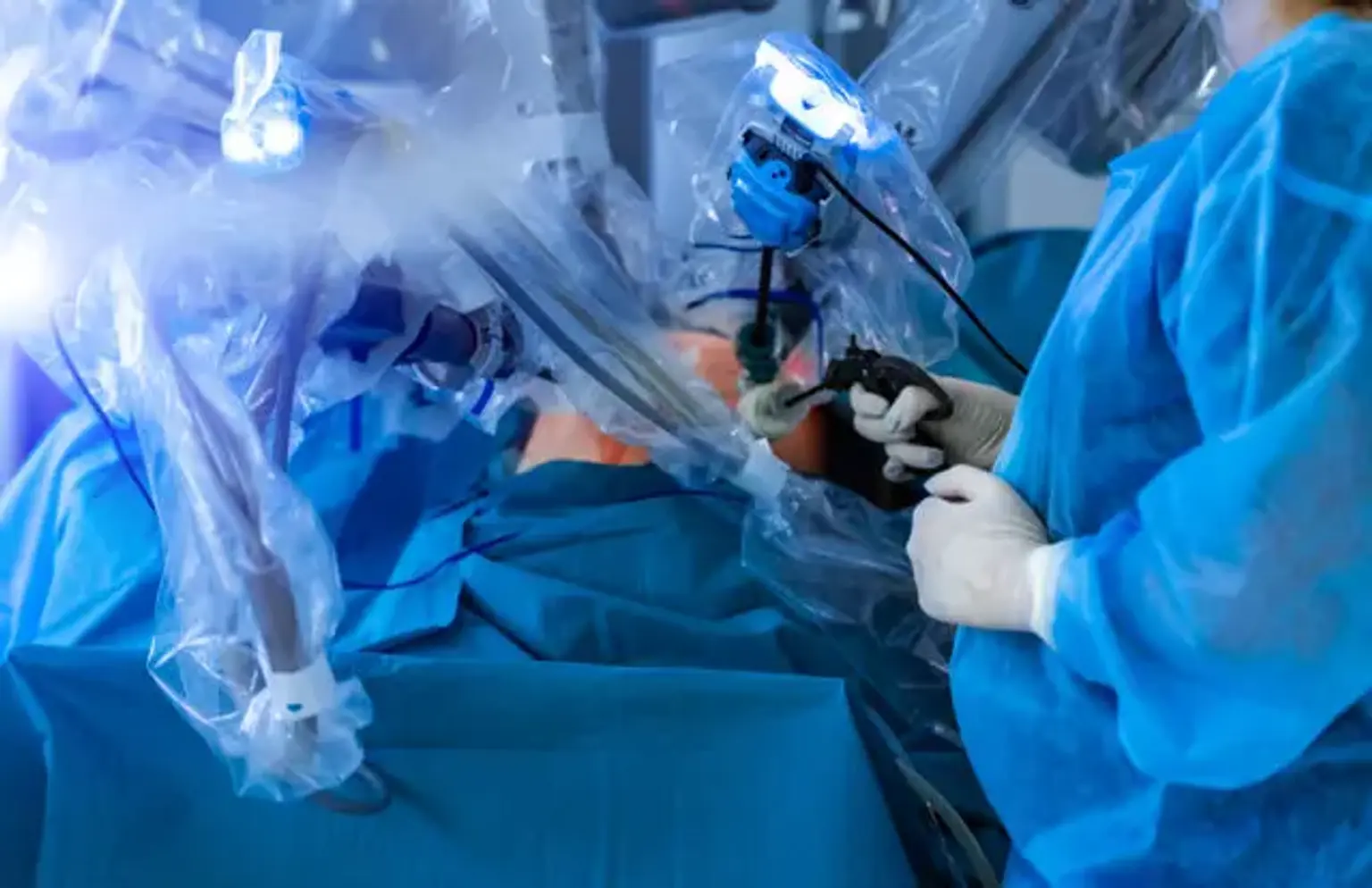Introduction
Pelvic organ prolapse (POP) is a common yet under-discussed condition affecting countless women worldwide. It occurs when pelvic organs, such as the bladder, uterus, or rectum, lose support and descend into or outside the vaginal canal. This condition often leads to discomfort, urinary issues, and a significant impact on quality of life. Despite its prevalence, many women hesitate to seek treatment due to fears about surgery or a lack of awareness about minimally invasive options.
Robotic-assisted sacrocolpopexy is emerging as a gold standard treatment for pelvic prolapse. Combining the precision of robotics with the durability of traditional prolapse repair methods, this minimally invasive surgery offers improved outcomes and shorter recovery times. It’s especially gaining traction in Korea, where state-of-the-art medical technology and expertise are making it a preferred choice for patients both domestically and internationally.
Understanding Pelvic Prolapse
Pelvic organ prolapse occurs when the pelvic floor muscles and connective tissues weaken or are damaged, failing to provide adequate support to the organs above. This may result from childbirth, aging, obesity, or chronic straining due to conditions like constipation. Women experiencing POP often report symptoms such as a heavy sensation in the pelvis, a noticeable bulge in the vaginal area, and difficulty with urination or bowel movements.
Prolapse can take various forms, including uterine prolapse (where the uterus descends into the vagina), cystocele (bladder prolapse), or rectocele (rectal prolapse). Each type presents unique challenges, but the overall goal of treatment remains consistent: restoring normal anatomy and improving pelvic function.
What is Robotic-Assisted Sacrocolpopexy?
Robotic-assisted sacrocolpopexy is a minimally invasive surgical technique designed to correct pelvic organ prolapse by lifting and securing the affected organs back into place. The procedure involves the use of a robotic surgical system, typically the da Vinci® robot, which enhances the surgeon's precision through 3D visualization and fine-tuned instrument control.
